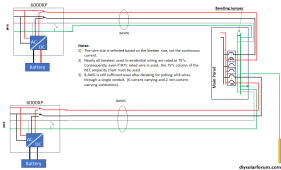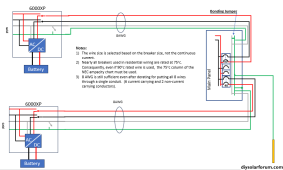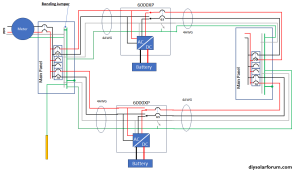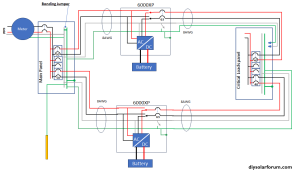I have looked but not found any discussion on how to wire the AC output on these inverters to a main circuit breaker panel. I’ve watched a few videos and read through Wills guide on his website and how he did it with 2 6500EX AIO. Would these be wired the same way, taking the 2 load wires from each individual AIO 6000XP to both connections on a 60 amp breaker in an 200 amp breaker panel, and use 1 breaker for each AIO I have? I just ordered 2 of the 6000XP and 2 of the power pro batteries. It looks like the max AC output is 25amps In the manual. Not sure what the 6500’s are. So if my assumption is correct is the 60 amp breaker recommended due to having 2 legs at 25 amps each?
This system will be running an entire off grid home and shop eventually. My plan is to add inverters and batteries each year for a total of 4 inverters and 6 battles is where I want to be eventually. Thanks for any advice.
This system will be running an entire off grid home and shop eventually. My plan is to add inverters and batteries each year for a total of 4 inverters and 6 battles is where I want to be eventually. Thanks for any advice.








